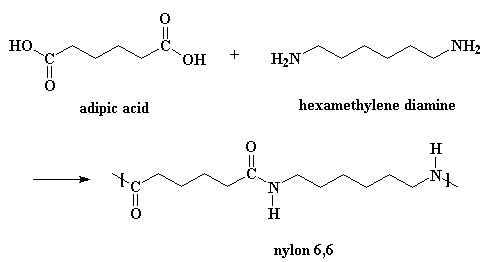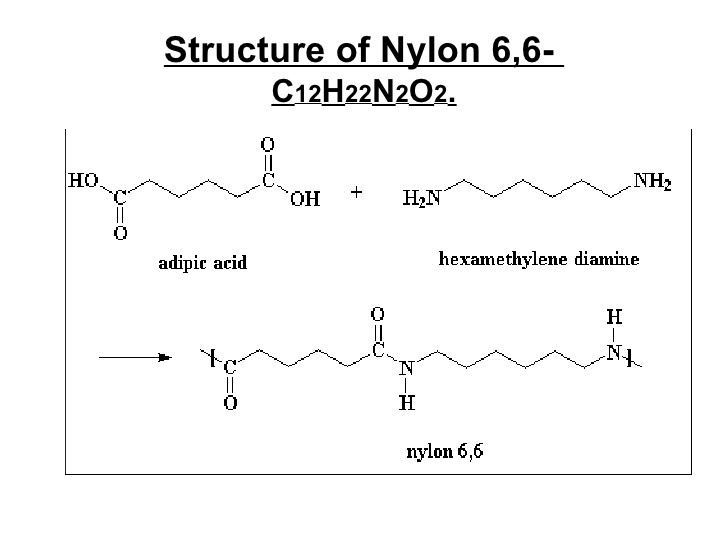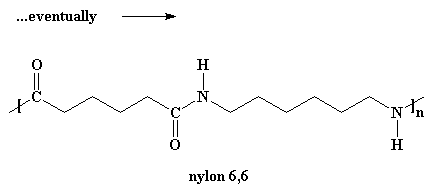Formula (C12H22N2O2)n Melting point 268.8 °C | Density 1.14 g/cm³ | |
Remington nylon 66 history and review
Nylon 66 (aka nylon 6-6, nylon 6/6 or nylon 6,6) is a type of polyamide or nylon. Nylons come in many types, and the two most common for textile and plastics industries are nylon 6 and nylon 6,6. Nylon 6,6 is made of two monomers each containing 6 carbon atoms, hexamethylenediamine and adipic acid, which give nylon 66 or PA 66. its name.
Contents
- Remington nylon 66 history and review
- Remington nylon 66
- Synthesis and manufacturing of Nylon 66
- Applications
- References

Remington nylon 66
Synthesis and manufacturing of Nylon 66

Nylon 66 is synthesised by polycondensation of hexamethylenediamine and adipic acid. Equivalent amounts of hexamethylenediamine and adipic acid are combined with water in a reactor. This is crystallized to make nylon salt, which has precisely stoichiometric equivalents. The nylon salt goes into a reaction vessel where polymerization process takes place either in batches or continuously.
n HOOC-(CH2)4-COOH + n H2N-(CH2)6-NH2 → [-OC-( CH2)4-CO-NH-(CH2)6-NH-]n + 2n H2O

Removing water drives the reaction toward polymerization through the formation of amide bonds from the acid and amine functions. Thus molten nylon 66 is formed. It can either be extruded and granulated at this point or directly spun into fibres by extrusion through a spinneret (a small metal plate with fine holes) and cooling to form filaments.
Applications

In 2011 worldwide production was 2 million tons. At that time fibres consumed just over half of production and engineering resins the rest. It is not used in films due to its inability to be oriented. Fibre markets represented 55% of the 2010 demand with engineering thermoplastics being the remainder.

Nylon 66 is frequently used when high mechanical strength, rigidity, good stability under heat and/or chemical resistance are required It is used in fibers for textiles and carpets and molded parts. For textiles, fibers are sold under various brands, for example Nilit brands or the Cordura brand for luggage, but it is also used in airbags, apparel, and for carpet fibres under the Ultron brand. Nylon 66 lends itself well to make 3D structural objects, mostly by injection molding finding broad use in auto application under the hood such as radiator end tanks, rocker covers, air intake manifolds, oil pans and numerous other structural parts such as ball bearing cages, electro-insulating elements, pipes, profiles, various machine parts, zip ties, conveyor belts, hoses, polymer framed weapons, and the outer layer of turnout blankets. Nylon 66 is also a popular guitar nut material.
Nylon 66, especially glass fibre grades can be effectively fire retarded with halogen free products. Phosphorus-based flame retardant systems are used in these fire-safe polymers and are based on aluminium diethyl phosphinate and synergists. They are designed to meet UL 94 flammability tests as well as Glow Wire Ignition Tests (GWIT), Glow Wire Flammability Test (GWFI) and Comparative Tracking Index (CTI). Main applications are in the electrical and electronics (E&E) industry.
